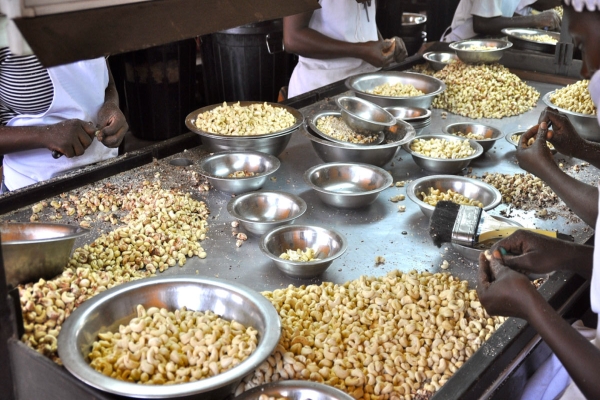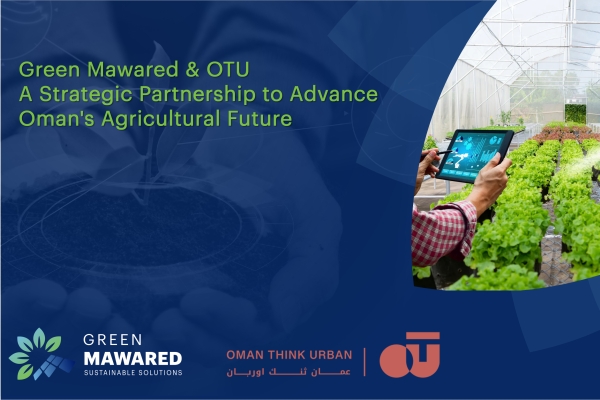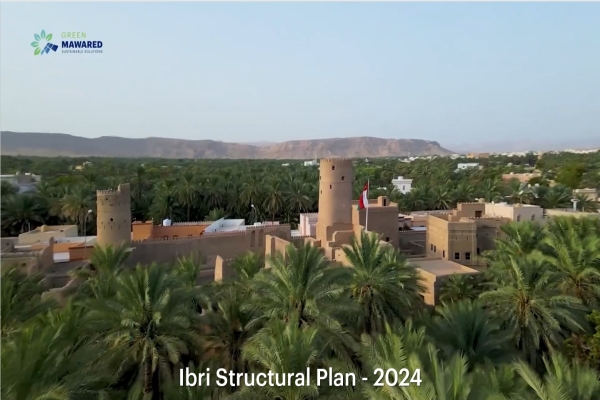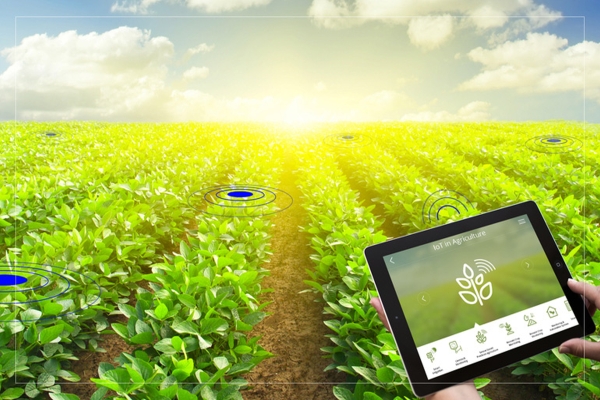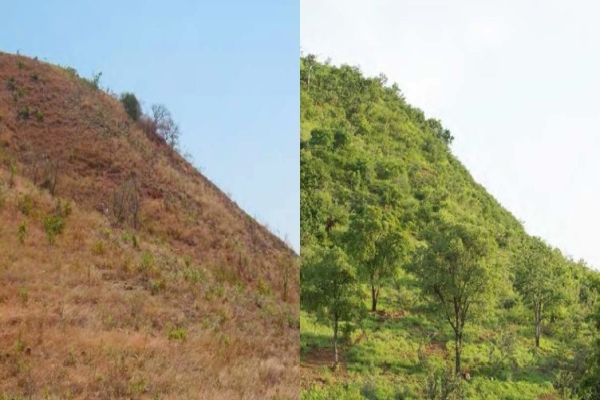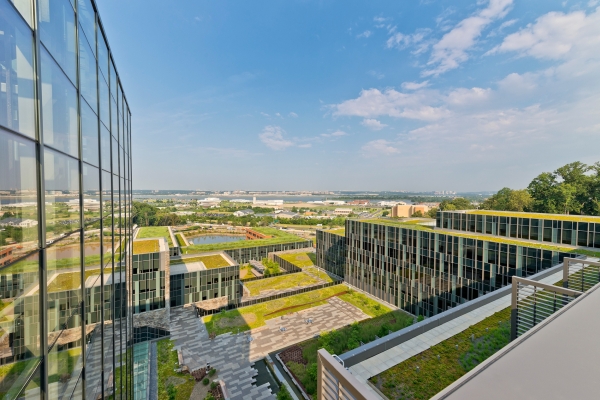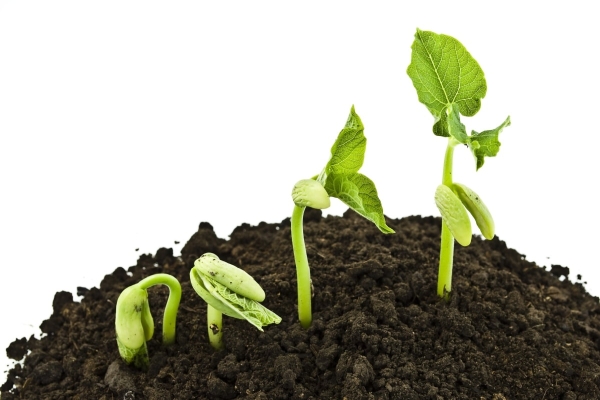AI for Regenerative Agriculture
- نوفمبر 16, 2024
- 1 minute

In traditional regenerative agriculture design, companion planting is a crucial practice that requires careful consideration of multiple factors, including crop selection, soil type, weather patterns, and pest management. However, as climate change introduces unprecedented variables, making informed decisions becomes increasingly challenging. The same problems arise with other practices of regenerative agriculture, where complex decisions are becoming harder to make with the climate changes.
This is where AI can shine! Designing an LLM (Large Language Model) specializing in regenerative agriculture would provide a valuable tool for designers and farmers to create optimal farm plans that not only minimize environmental impact but also ensure productivity and resilience in the face of climate change.
Key considerations for such an LLM include:
-
- Inter-cropping strategies and companion planting recommendations tailored to specific crop combinations, soil types, and weather patterns
-
- Integration with climate data and weather forecasts to optimize farm design
-
- Inclusion of traditional food systems and economic factors to ensure farm viability
-
- Adaptability to changing environmental conditions and emerging pest management challenges
To make this vision a reality, we need to collaborate on two fronts:
-
- Identify existing efforts in AI-driven regenerative agriculture research and best practices.
-
- Gather open data and experiences from farmers, designers, and researchers to enrich the background of LLMs.
Based on the discussions with many experts, the company has put together a preliminary system proposal summary.
System Introduction
The core of the proposed system is an interactive AI that can engage in detailed dialogue with regenerative agriculture experts about their specific farming context. By combining the latest advancements in AI with extensive open agricultural knowledge and the knowledge obtained through the interaction with experts, we aim to create a tool that can assist farmers in making optimal decisions for their unique circumstances.
This system will go beyond simple question-answering. It will be capable of generating comprehensive farm plans, considering multiple factors simultaneously, and adapting its recommendations based on user feedback. The AI will act as a knowledgeable consultant, guiding experts through the complex process of agricultural planning while providing scientifically-backed advice, and at the same time, improving its knowledge in this complex domain.
Data Sources
The proposed system will incorporate multiple data sources, including but not limited to:
-
- Crop databases with information on growth requirements, yields, and market values
-
- Plant databases with information on companionship properties, edible and medicinal uses, hardiness, agroforestry uses, physical properties, soil and water requirements, etc.
-
- Climate and weather data, including historical trends and future projections
-
- Soil type and quality information
-
- Knowledge databases of sustainable farming practices and techniques, including open references, lectures, courses, etc.
-
- Local and global market trends for crops and other related products (livestock, fish stock, by-products)
-
- Livestock animals database of information including feed requirements, climate requirements, market value, by-products, etc.
-
- Fish stock database of information similar to livestock animals
Technical Approach
At the heart of our system will be a large language model, likely based on GPT-4, Claude or a similar advanced AI.
Custom Prompts and Workflows
The system will feature a series of specialized prompts and decision trees to guide the AI through the agricultural planning process. This ensures that all crucial factors are considered and that the AI’s responses remain relevant and focused. For example, the prompts could be a series of the regenerative design decisions including companion plants, companion livestock and fish stock, cover crops, mulching materials, composting materials, animal and fish fodder sources, etc.
Retrieval-Augmented Generation (RAG)
To supplement the AI’s general knowledge, the system will implement RAG techniques. This allows the system to access and incorporate specific pieces of information from the agricultural databases, ensuring accuracy and up-to-date recommendations.
Fine-Tuning
While commercial LLMs provide a strong foundation, the system model should be fine-tuned with agricultural-specific data to enhance its performance in this domain.
Interactive Decision Trees
The system should be implemented with a flexible decision tree framework that allows the AI to adapt its line of questioning and recommendations based on user inputs and preferences.
#agriculture #agritech #AI #climatechange #RegenerativeAgriculture

